12 American Cities As Seen About A Century Ago
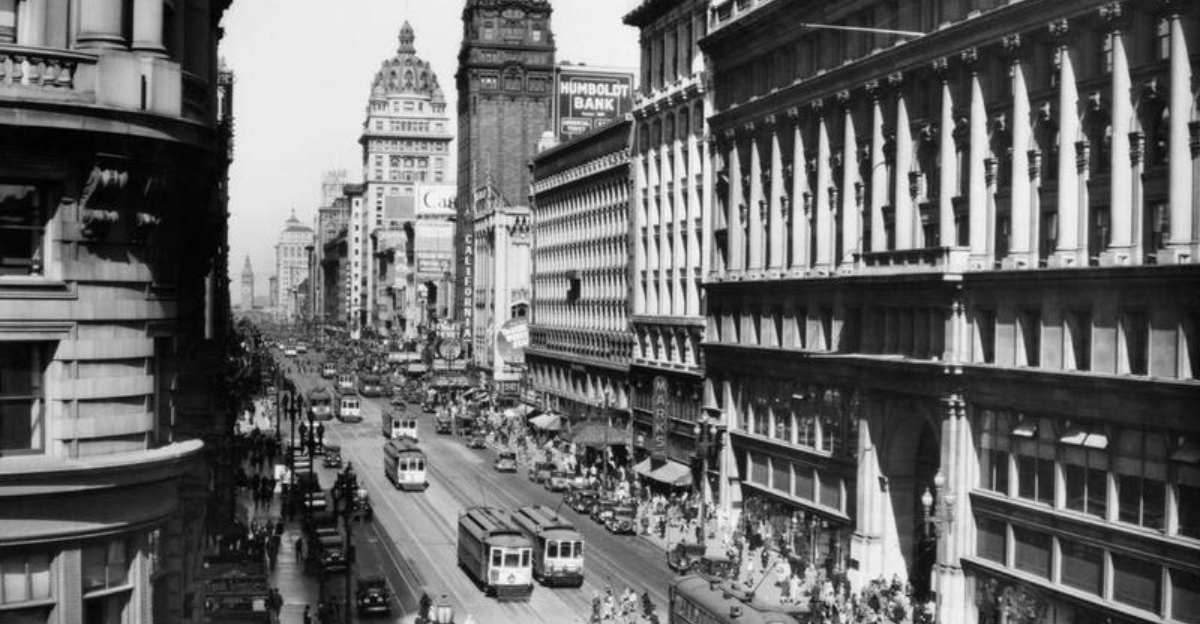
Step back in time and glimpse America’s urban landscape as it appeared around 1920. These cities, now modern metropolises, once featured horse-drawn carriages alongside early automobiles, art deco buildings rising from dusty streets, and a way of life dramatically different from today.
Join me on this nostalgic journey through 13 American cities as they stood 100 years ago.
1. New York City’s Roaring Twenties Glamour

The Big Apple buzzed with jazz-age energy as skyscrapers transformed its skyline. The Woolworth Building, once called the ‘Cathedral of Commerce,’ towered over Lower Manhattan at 792 feet.
Prohibition speakeasies flourished underground while construction on the Holland Tunnel began. Immigrants poured through Ellis Island, creating vibrant ethnic neighborhoods that shaped the city’s unique cultural fabric.
2. San Francisco’s Post-Earthquake Rebirth
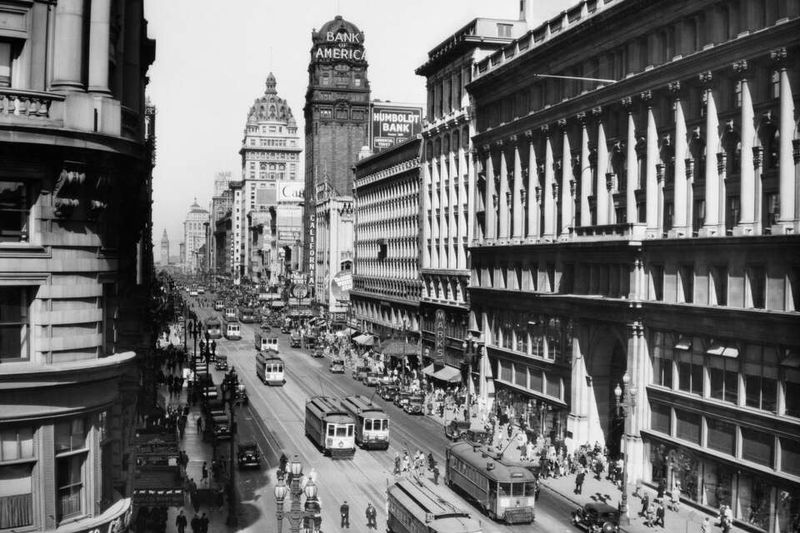
Golden Gate Park glowed with optimism as San Francisco flourished after its devastating 1906 earthquake. Cable cars clanged up and down hills while the Palace of Fine Arts, built for the 1915 Panama-Pacific Exposition, stood as a symbol of resilience.
Fisherman’s Wharf bustled with Italian immigrants hauling daily catches. Construction hadn’t yet begun on the iconic Golden Gate Bridge, and Alcatraz served as a military prison before becoming the infamous federal penitentiary.
3. Boston’s Colonial Charm Meets Modern Growth

Cobblestone streets wound through America’s oldest major city, where colonial landmarks stood alongside newer brick factories. The Boston Public Garden featured swan boats gliding across its pond while Fenway Park, already a decade old, hosted Babe Ruth before his Yankees trade.
Harvard University expanded across the Charles River. Immigrants from Ireland and Italy transformed neighborhoods like North End and South Boston, creating cultural enclaves that would define the city for generations while streetcars connected the growing metropolitan area.
4. Los Angeles Before Hollywood’s Golden Age
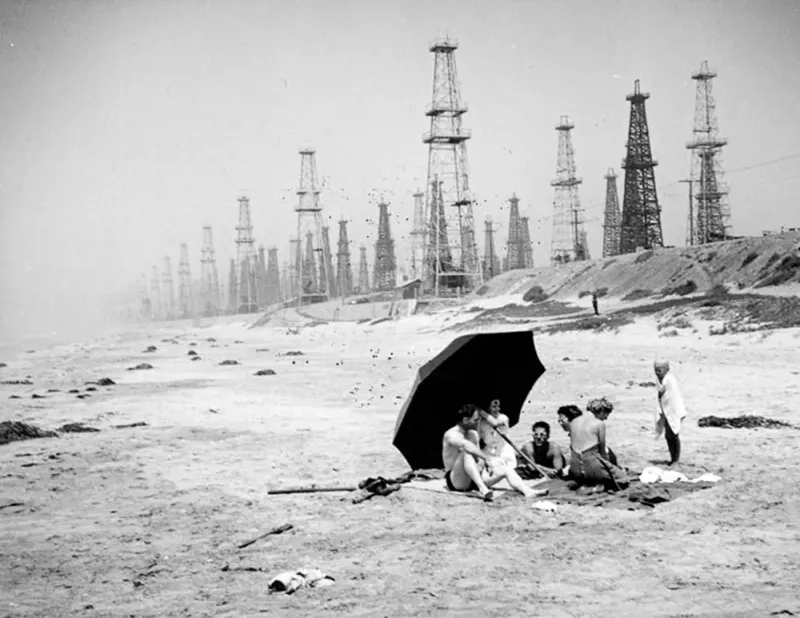
Palm trees lined dusty boulevards as Los Angeles transformed from sleepy town to booming metropolis. The film industry had just begun migrating from New York, establishing modest studios that would soon dominate global entertainment.
Oil derricks dotted the landscape, pumping black gold that fueled rapid growth. Streetcar lines connected expanding neighborhoods while orange groves still flourished on city outskirts, perfuming the air with citrus blossoms before suburban sprawl replaced agricultural land.
5. Detroit’s Industrial Powerhouse Era
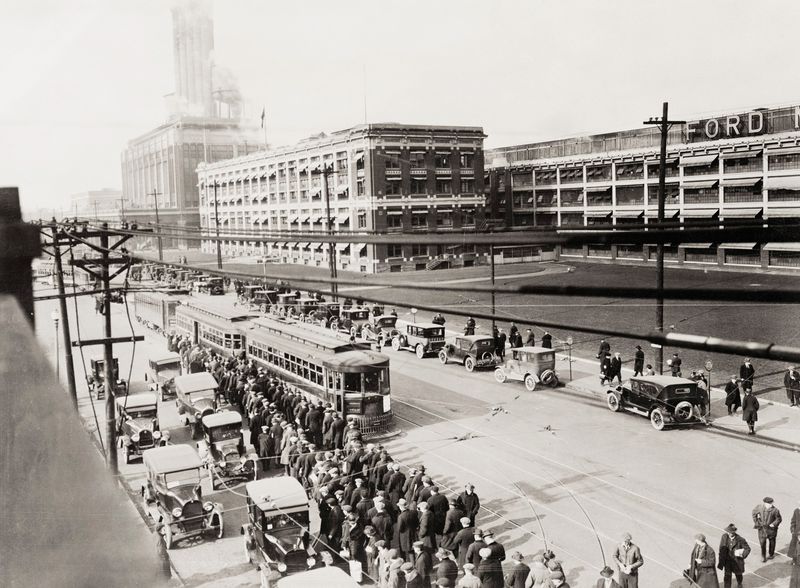
Smokestacks punctuated Detroit’s skyline as Ford’s assembly lines revolutionized manufacturing worldwide. The Motor City hummed with industrial might, attracting workers from across America and beyond to fuel its economic engine.
Grand boulevards designed by the same planner who created Washington DC’s layout featured elegant mansions of automotive magnates.
Belle Isle Park provided green respite for factory workers while speakeasies and jazz clubs offered nighttime entertainment during Prohibition’s restrictive reign.
6. New Orleans’ Jazz-Infused Streets
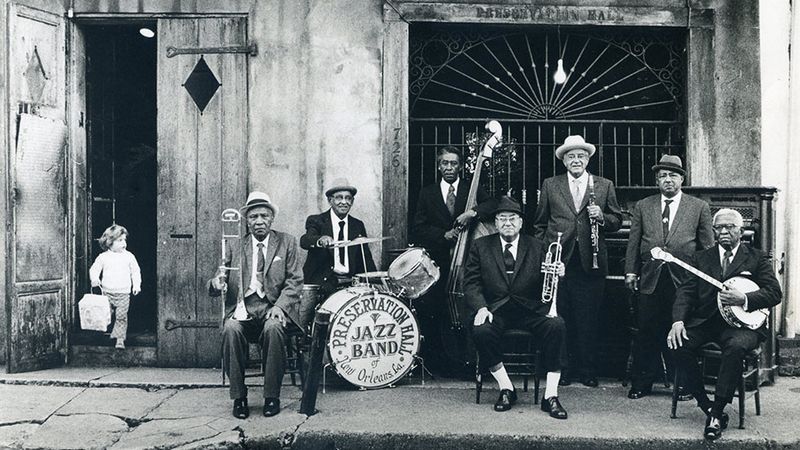
Music spilled from doorways throughout the Crescent City as jazz took flight in its birthplace. The French Quarter retained its European character with wrought-iron balconies overlooking narrow streets where horse-drawn carriages still competed with automobiles.
Steamboats whistled along the Mississippi waterfront, loading cotton and sugar. Above-ground cemeteries gleamed white in the southern sun while streetcars rattled down St. Charles Avenue past grand mansions with columned porches and sprawling gardens.
7. Seattle’s Maritime Gateway to Alaska

Lumber mills lined Seattle’s waterfront where ships loaded with gold miners and supplies departed for Alaska. Pike Place Market, already a decade old, buzzed with farmers selling fresh produce while fishing boats unloaded their catches nearby.
The Smith Tower, completed in 1914, dominated the modest skyline at 38 stories. Mount Rainier loomed majestically in the distance on clear days while streetcars connected neighborhoods built on steep hills, creating the distinctive terraced appearance that still characterizes the Emerald City.
8. Philadelphia’s Revolutionary Heritage
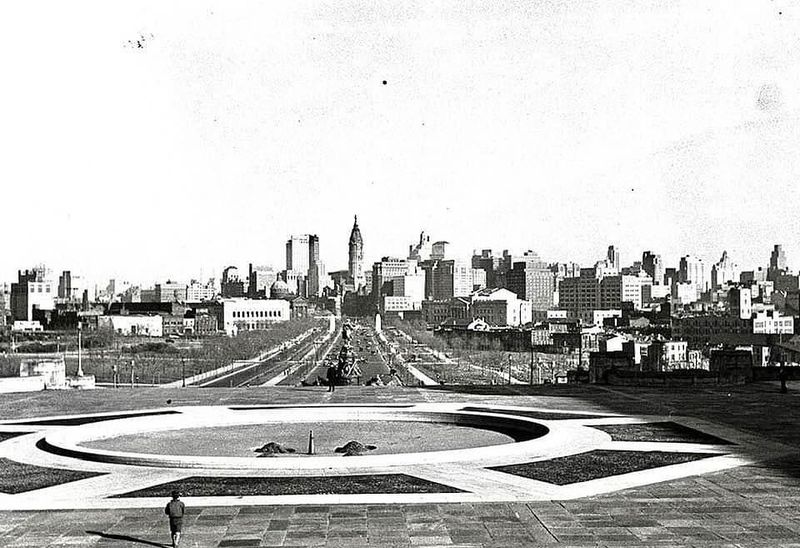
Independence Hall stood proudly amid Philadelphia’s blend of colonial landmarks and industrial growth. The Liberty Bell had already gained its iconic crack while the Benjamin Franklin Parkway, modeled after Parisian boulevards, was just being completed.
Reading Terminal Market offered farm-fresh goods beneath the railroad terminal’s grand architecture while row houses lined streets in neat patterns, creating the distinctive residential character that still defines many Philadelphia neighborhoods today.
9. Miami’s Art Deco Beginnings

Flamingo-pink buildings began dotting Miami Beach as the Art Deco movement found its American canvas. The 1920s land boom transformed swampland into a playground for the wealthy, though the devastating 1926 hurricane would temporarily halt growth.
Flagler’s railroad connected this tropical outpost to northern cities. Palm trees swayed along newly constructed boulevards where Model T Fords parked outside Mediterranean Revival mansions.
10. Washington DC’s Monumental Growth

America’s capital expanded beyond its original boundaries as government agencies multiplied after World War I. The Lincoln Memorial, dedicated in 1922, joined earlier monuments on the National Mall while elaborate Beaux-Arts buildings housed growing federal departments.
Streetcars connected residential neighborhoods to downtown government offices. The Smithsonian museums displayed growing collections as the city established itself as a cultural center.
African American communities like U Street flourished with theaters and jazz clubs, creating what would become known as “Black Broadway.”
11. Atlanta’s Post-Civil War Renaissance
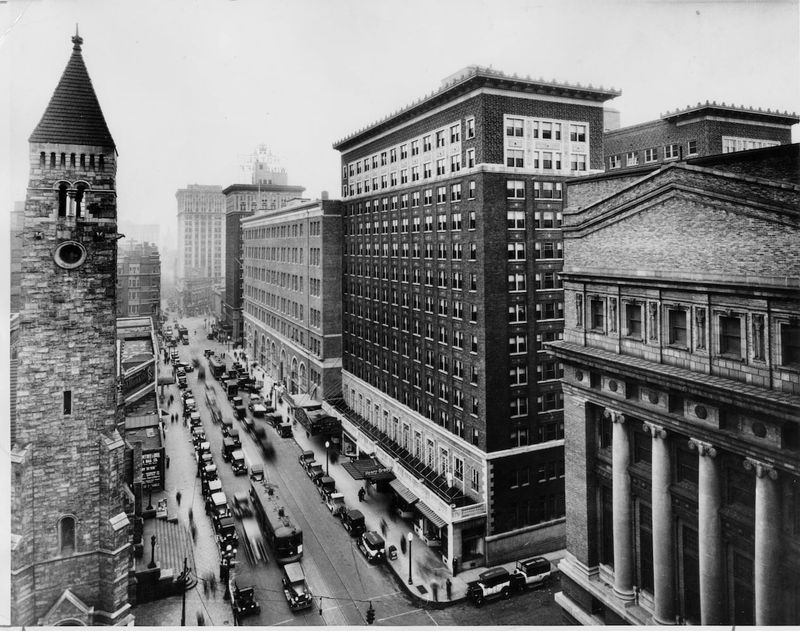
Peachtrees lined streets named after them as Atlanta embodied the “New South” philosophy. The 1895 Cotton States Exposition grounds had transformed into Piedmont Park, providing green space for citizens of the rapidly industrializing city.
Coca-Cola’s headquarters anchored downtown business while Sweet Auburn emerged as a thriving African American commercial district.
Trolley cars connected neighborhoods as the city expanded outward, and the distinctive Georgian Terrace Hotel hosted the premiere of “Gone With the Wind” decades later.
12. Denver’s Mountain-Framed Frontier
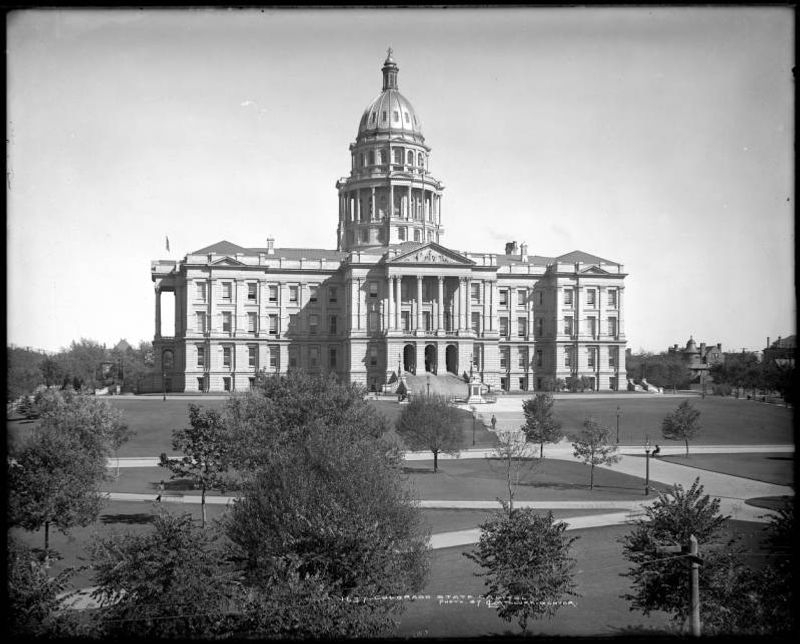
Gold and silver mining wealth built Denver’s impressive downtown as the Continental Divide provided a dramatic backdrop. The State Capitol’s gold dome gleamed in the abundant sunshine while the Brown Palace Hotel hosted wealthy visitors and mining magnates.
Union Station welcomed trains from across America. Larimer Square featured Victorian-era buildings housing saloons and mercantiles while residential neighborhoods expanded eastward from downtown.
The Mountain Parks system, including Red Rocks, had just been established, connecting urban dwellers with Colorado’s natural splendor.
